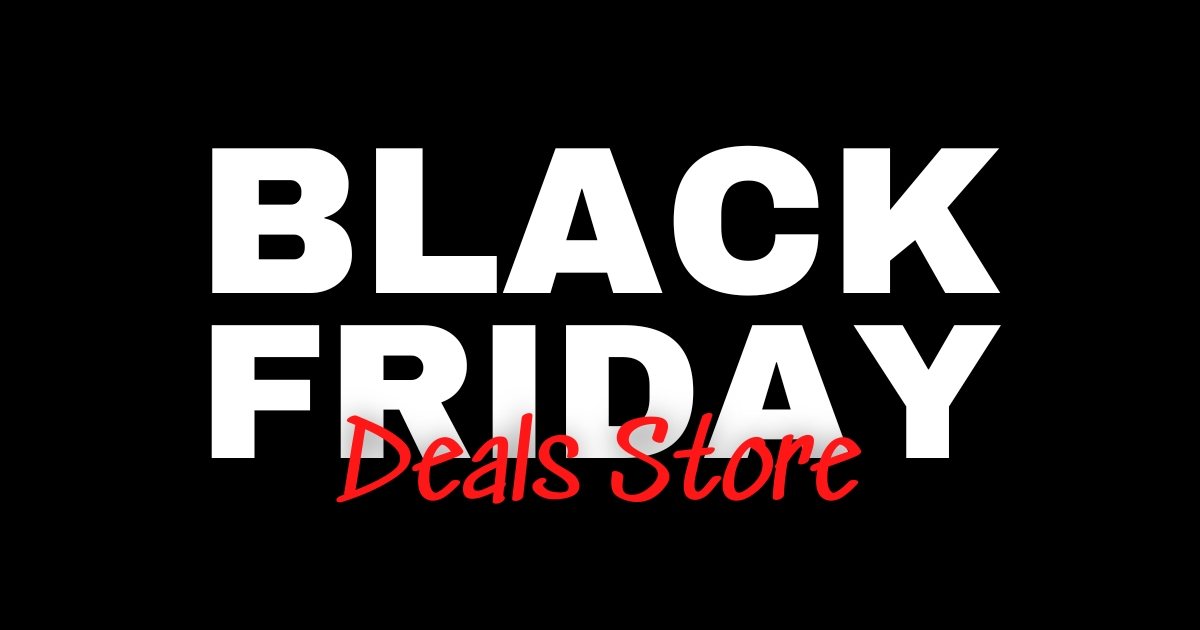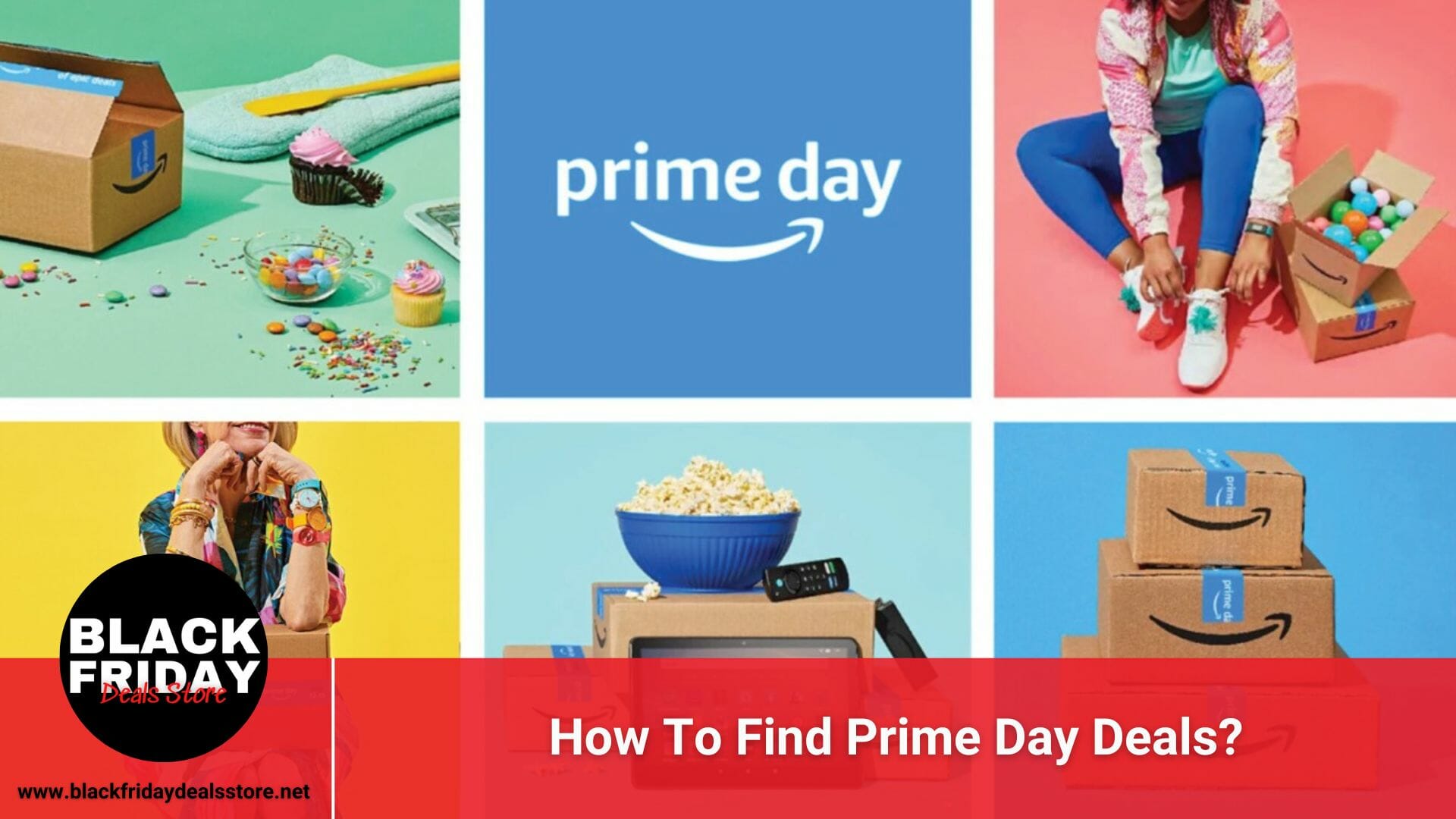When shopping during Amazon Prime Day, it pays to have an idea of what you’re after. It’ll help you to filter out the noise and dodge Lightning Deals. Using online price-comparison tools like Keepa, LightningDrops, and CamelCamelCamel can also help — these can show you pricing history for your chosen product.
Understanding Prime Day and its Deals
Unlike Black Friday and Cyber Monday, which focus on specific products, Prime Day features deals on a wide range of items. It also lasts two days, so there are chances that a deal you love may sell out before you get the chance to buy it.
To help shoppers plan for Prime Day, Amazon offers a number of features and services. For example, customers can sign up to the Prime Insider newsletter to receive notifications about sales and events. Additionally, they can make sure their payment methods and 1-Click settings are up to date. Prime members will also be able to set up deal alerts related to their recent searches and recently viewed items on the event page of the Amazon app between now and Prime Day.
Another helpful tool is to create a shopping list of items that you are interested in. This will help you stay focused on the products that matter and reduce your chances of impulsive buying. Plus, you can always return any unwanted products. Just be sure to check out the full return policy on Amazon.
Utilizing Amazon’s Official Prime Day Page
During Prime Day, Amazon offers special deals on their own products that run for only one or two days. These deals typically offer deeper discounts than those available during regular sales. Additionally, products with Prime Day deals are marked as such in search results, helping shoppers easily find them. As a result, these promotions can drive significant sales.
Generally, these discounts are only available to Amazon Prime members. While the retailer has been known to offer free trial memberships during Prime Day, non-members aren’t able to access most of the sales offerings.
Amazon’s Prime Day page can get a bit overwhelming during the event, as many major discounts are featured on the page. To make things easier, shoppers should consider narrowing their searches by category to ensure that they’re only seeing relevant deals. Also, considering filtering by customer ratings can help ensure that they’re only getting a good deal on a quality product. This is particularly important for electronics and kitchen appliances, where customers are more likely to return items that don’t perform as expected.
Monitoring Deal Previews and Early Announcements
Before Prime Day kicks off, Amazon offers a preview of the products and discounts that will be available. These are usually not the biggest bargains, but are a good way to see what’s coming and decide what you might want to buy later on. In addition, Amazon often has a few deals that will remain live throughout the entire sale window, such as discounted subscription services like Audible and Prime Music.
The main Amazon deals page can be a bit overwhelming on Prime Day, as prices are reduced for a variety of products across categories. It can help to narrow your search by category so you only view deals that are relevant to you and your budget. Also consider that some offers may only last for one day, or only be Lightning Deals with a short window to purchase them.
Finally, you can set up deal alerts on the Amazon app between now and Prime Day to receive notifications for upcoming offers. You can also create a shopping list of items you’re considering buying, and the app will send you notifications as they become available.
Utilizing Amazon Mobile App Features
Amazon’s mobile shopping app is a powerful tool for finding deals during Prime Day. It’s streamlined for quick purchases, and users can use it to track historical prices and see if an item has dropped in price since their last search.
The Amazon app also allows users to sign up for notifications when new deals become available. This is especially helpful during Prime Day, as many of the items offered may sell out before the sale ends. Amazon’s digital assistant, Alexa, can also notify users up to 24 hours in advance if a deal they have on their wish list, shopping cart, or “saved for later” becomes available.
Users can also access the Deals of the Day section all year round to shop for special 24-hour discounts, as well as Lightning Deals which run throughout the day all year. The company’s return policy is also the same as any other day of the year, so customers can feel confident buying products from the retailer during Prime Day. That being said, it’s still important to do your research to ensure that you’re getting the best deal possible.
Deal Aggregator Websites and Browser Extensions
If you’re a savvy deal seeker, chances are you’ve downloaded bar code scanning apps and clipped coupons in the past. But what you may not know is that your computer can replace those tools with browser extensions that do your bargain hunting for you.
One such extension is Capital One Shopping, which works by comparing prices among various sellers on Amazon. It also has a feature that lets you import your wish list so that it alerts you when your items go on sale. The site does have a few “favored” retailers that it shows more often than others, which isn’t unusual for a money-saving extension, but the service explains this clearly in its TOS.
Another popular extension is Honey, which sifts through a huge range of coupon codes and cash-back services while you shop. It supposedly saves users an average of $126 a year, according to CNET. Other extensions worth considering include Ibotta and RetailMeNot, both of which offer cash-back deals at thousands of retailers. And there’s Fakespot, which aims to help you spot fake product reviews on Amazon and eBay.
Price Tracking and Comparison Tools
One way to make the most of Prime Day is by using price tracking tools. These websites and browser extensions allow users to track prices on a number of different sites, including Amazon. They will then alert the user when the price reaches a certain target value, which can be helpful in making smart buying decisions.
Some of these tools, such as CamelCamelCamel and Keepa, also provide historical data on prices so that the user can see if a particular item was cheaper at other times in the past year. Having this information can help the user determine if a deal is really worth taking.
PCPartPicker is a more specialized tool that helps users pick out computer components by showing them what they’ve cost at various sites in the past. Another useful site is Visualping, which lets users monitor prices on any website and receive email alerts when the prices go up or down. This can be helpful for sellers who need a flexible pricing strategy. Ideally, these tools should be used in conjunction with Amazon Seller Central to create flat files that contain all the price history and characteristics of a product for an easy comparative overview.
Exploring Non-Amazon Retailers and Competing Sales
In addition to Amazon’s own discounts on its products, other retailers typically hold their own rival sales during Prime Day. Target, Walmart and Best Buy all run their own Deal Days events while also offering discounted products during this time.
As a result, it is crucial to do some comparison shopping and price tracking ahead of the event. Tools like Amazon Assistant, Keepa and CamelCamelCamel will track prices of popular items throughout the day and alert you to any discounts as soon as they go live.
Additionally, it’s a good idea to look up reviews of any items you are considering purchasing. Reviewing a few of the highest-rated ones will help you determine if the item is worth the money, especially if you are thinking about buying a new device or appliance. Reviews that contain grammatical errors or a high number of one-star reviews may be red flags. A browser extension such as Fakespot can help you weed out these fake reviews.
Conclusion: How To Find Prime Day Deals?
There are a few things you should keep in mind when shopping during Prime Day. For one, you’re going to want to do some online window shopping prior to the event and have a general idea of what you’re looking for. This will help you filter out the noise, dodge Lightning Deals and find those items that you’re sure are worth the purchase.
Another thing to keep in mind is that just because something you’re interested in has been discounted doesn’t necessarily mean it will stay that way. Amazon’s algorithms can change the ranking of products during Prime Day, so a product you’re lusting over may not always be featured prominently throughout the sale.
That said, certain products like the Instant Pot pressure cooker and Philips Hue smart light bulbs are safe bets to see discounts every year. And, of course, it’s not just Amazon’s own brands that will see discounts. The retailer also has a collection of private label brands that are gaining in popularity, including the Solimo laundry detergent and dryer sheets and the Rivet furniture line for sleek modern designs.

